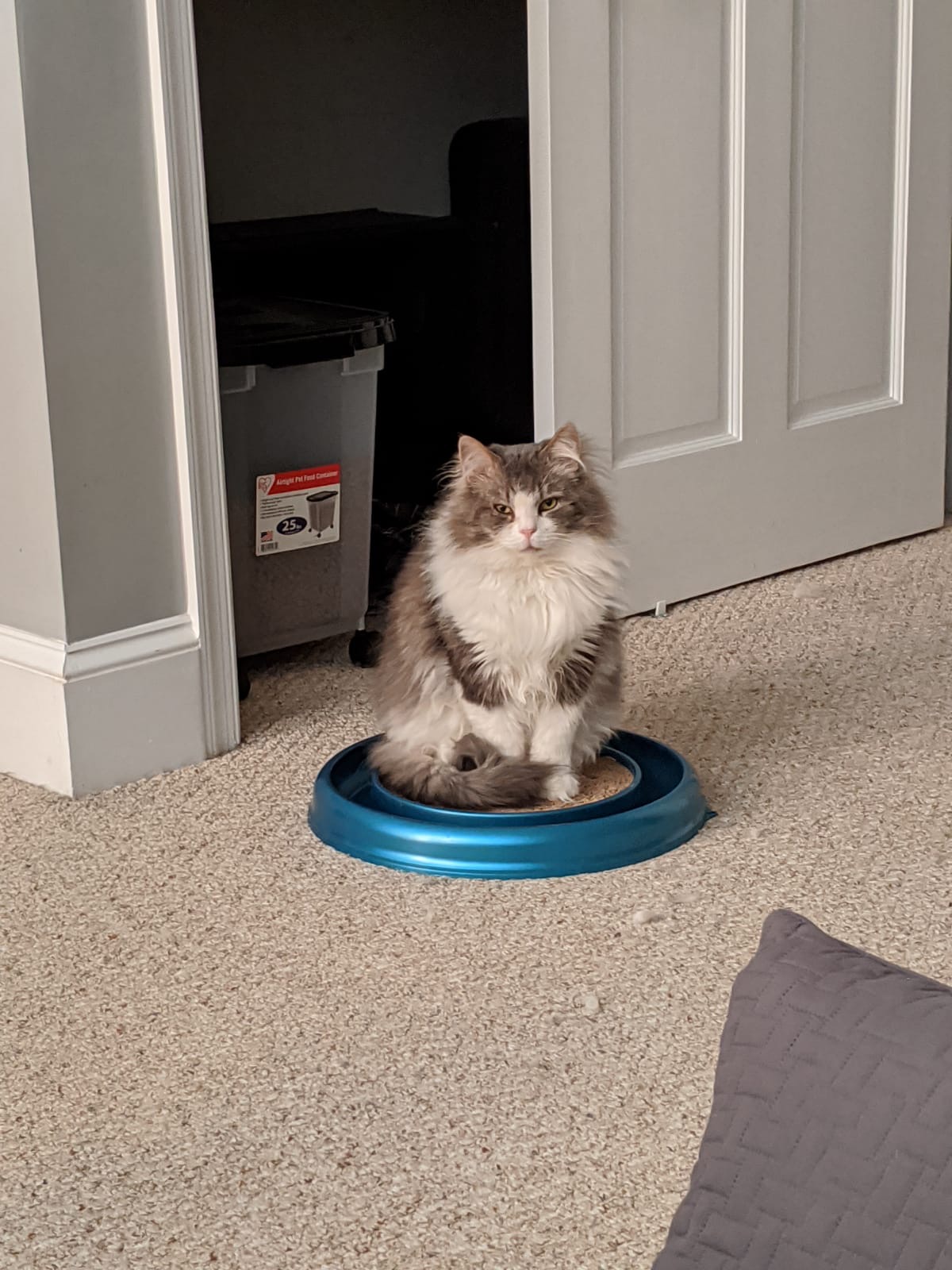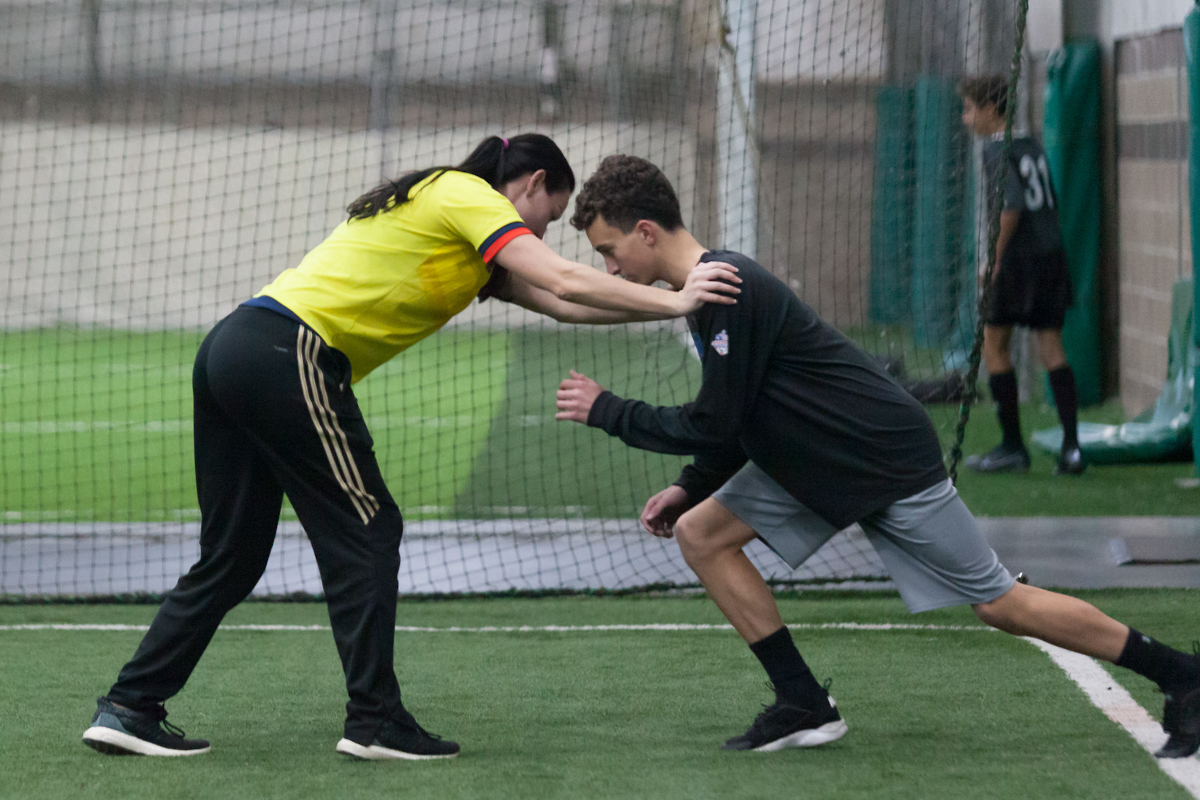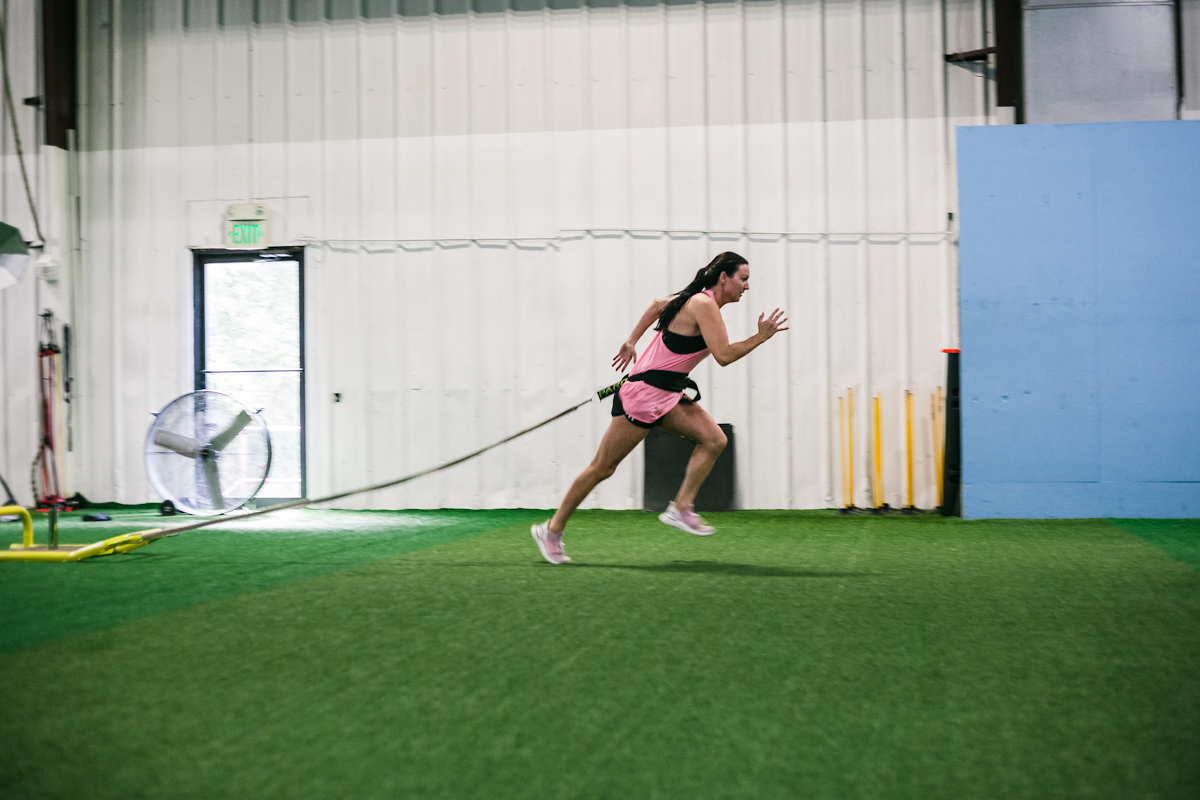
09 Feb Do You Even Accelerate, Bro? Teaching Youth Athletes “First Step”
For the past ten weeks, I took on a massive task that required patience, time and repetition.
And I just finished.
And witnessed the results.
Can anyone guess what I dove into for this immense length of time?
No, it wasn’t hiking to Mount Doom to destroy the Ring of Power.
No, it wasn’t re-watching the Game of Thrones series.
No, it wasn’t grooming my fluffy cat into a beautiful boy.

Of course, what I did was as process-oriented as the things above, and took a lot of time and consistency to get the job done.
So what did I do?
Drum roll please…
I taught my athletes acceleration.

You know, the mystical, magical “first step” youth parents beg me to give to their child.
But you know what?
This took ten weeks to accomplish.
It took commitment on their end.
It took endless reps of nailing down the mechanics.
It took a minimum of twice a week training.
But what’s so cool is we are now flying.
And yo. We are still reinforcing it weekly.
You see, acceleration is a complex skill that requires breaking down all of the pieces into detail – from the knee drive, to the ball of the foot loading, to the placement of the arms, to the violent action of the arms, to the reactive component in a spontaneous setting – it takes time.
Lots of it.
And as much as parents of youth athletes think they’re making a simple, overnight request by asking if I can improve Little Johnny’s first step, they’re not.
I ain’t no Gandalf the Wizard.
Adding on, I always reply, “can you commit to my coaching for a minimum of ten weeks and come to the gym twice a week?”
If their response is ‘no’ then I come back with, “here’s the address to the church down the road. Go pray.”

And it’s the honest truth. Developing an explosive first step does not come with the snap of a finger, or the swipe of a credit card to a guru speed trainer on Instagram.
Teaching acceleration takes as much time as teaching a sport specific skill like shooting, passing, or first touch.
To that end, acceleration is a skill that requires repetition of pristine mechanics.
And we all know skill acquisition takes putting in these reps year-round, and constantly reinforcing technique.
Beware of the one-week speed camp that promises faster kids. Sure, they may learn a few nuggets with acceleration technique, but magically faster in a week? It’s a scam.
I’d be remiss not to mention mechanics are the icing on the acceleration cake, with strength and power development as the filling.
You need it all to be robust in your first step.

Too, going beyond the physical component, promising speed overnight defeats the purpose of youth sports: to teach kids discipline, commitment, and consistency in anything they do.
Moving on…
So how do we teach acceleration? And what are some of the things we have to reinforce to our child athletes year-round?
Let’s dive in.
1. Coordination
Being able to simultaneously move the opposite arm and leg during acceleration is key to efficient use of energy. Moreover, they’re performing optimal intermuscular coordination when all muscle groups involved in the speed action work together for explosive movements.

Take this picture, for example, where we see functional anatomy and human movement systems at work.
The contralateral gluteals and hamstrings fire, as the contralateral latissimus dorsi and serratus posterior inferior fire so force can be produced optimally.
Coordination is the foundation to every fast action in team sports. Athletes need to learn how to move efficiently and contralaterally.
Here are some drills to do to develop coordination:
In-Place Crawl
Scissor Kickers
Plank Cross Crawl Inchworm
Of course, intermuscular coordination isn’t optimized without developing strength and power in the muscle groups involved in acceleration. More on this later. ;-O
But start with these movements and do them multiple times a week to start coordinating the opposite arm and leg, as well as developing core stability.
Enjoy.
2. Mechanics
Acceleration is a skill that requires coaching technique. The first piece I go over is the “knee drive.”
Wall drills are an excellent start, but don’t do them for the sake of looking like you’re running the world’s best speed session as parents sit and watch.
Wall drills must have purpose: to teach kids how to activate their hip flexors, while keeping their cores stable and shoulders forward.
In addition, they need to learn how to dorsiflex the ankle so they can run on the balls of their feet, and not their toes.
Taking the conversation back to the shoulders, the forward lean is the most critical piece of accelerating and ensuring athletes propel their force horizontally.
While wall drills are great for this, I also like to do “Trust Fall” drills where the accelerating athletes leans their shoulders against their partner as hard as they can to better learn the forward shoulder position:
Putting the icing on the cake, the aggressive driving of the knees forward to create horizontal force is a make or break in “first step” explosiveness.
A few ways to ensure athletes drive their knees: 1) resisted sprints
Or two, lacrosse ball reaction catches (stolen from speed coach, Lee Taft) where they have to make it to the ball before it bounces twice:
There must be a balance between technique drills, where we get athletes into the proper positions for acceleration, as well as reactive drills where they are given the opportunity to apply these positions.
Give these a whirl a few times a week with your athletes and see how they do.
3. Strength and Power
Acceleration is physics in action. And what better way to produce force than to get in the gym and build the horsepower behind it = strength and power.
So.
Here’s your physics lesson for today:

Expounding further, force = mass x acceleration.
It’s mind blowing, I know. Producing force requires a base of strength to increase it, but we cannot strength train our athletes alone.
Yes, Deadlifts, Lunges, and Squats both bilaterally and unilaterally are great.
So are hip strengthening drills, especially hip flexor activation.
But on top of strength work, moving load as fast as possible must be a part of any speed program.
Sled sprints, for example, are great for max velocity training, but I choose the load where athletes can maintain clean acceleration form for the full 20-30 yards. And sometimes, this isn’t a specific percentage of bodyweight, just good old-fashioned technique eyeing.
The same can be said for weighted vertical jumps and training fast ground contact time and extension of the ankles, knees and hips.
…as well as honing in on fast ground contacts horizontally.
Adding in the strength and power development on top of technique adds another layer to acceleration, and one that also takes months, if not years, to develop.
Especially in the youth physical development world, things like strength and power don’t fully blossom until after puberty.
So if your child’s coach is berating them at age 12 for being too slow, they’re a moron and don’t understand child development.
We can’t ignore that the growth spurt naturally slows kids down, and they’re better off focusing on their coordination and stability during these vulnerable years. And being patient and not rushing development.
Meet kids where they are in their physical journey. I know it’s not what people want to hear, but speed will come in the performance years in high school.
4. Reactivity
The last piece to acceleration is the ability to react. For team sport athletes, acceleration rarely happens from a predictable, stand-still position. Athletes are either cutting, jumping, decelerating and then re-accelerating based off of an external stimulus.
So as fast as a kid is, can they think fast, too?
Too often, parents attribute their child’s lack of “first step” to their physical speed. And guess what? These are the kids who do the best on their 10-yard, 20-yard and 30-yard sprint tests.
So what is going on here?
They aren’t tactically ahead, and they’re unable to read the game.
They can’t see a diagonal ball coming.
They have poor scanning abilities.
They don’t predict a long ball down the wing.
Alas, there is hope. First, team coaches play a critical role in the tactics and IQ of the sport, so I leave that to them.
But if I am training young athletes acceleration, yes, we are working on the technique, building the strength, and producing the power, but we are also, applying all of this in spontaneous game play through competitive and reactive chase drills.
Here are a few to try:
What I like about these is the initiation of the drill is done by a different cue every time, whether this is a clap, an opponent movement, or a competitive task.
Or, a totally different game outside of primary sport, like handball.
Yes, handball is so off-the-beaten path, but the scanning in this game is so beneficial for all team sport athletes wanting to be fast accelerators from a tactical standpoint.
Before I wrap the acceleration party up, here are some key takeaways and things to keep in mind:
1. Don’t rush child development. If your kid is age 12-15, this is the time frame they will be in the middle of a rapid growth spurt that will slow down acceleration. Don’t freak out. Be patient.
2. Reinforce coordination and technique year-round.
3. Build strength and power.
4. Make drills reactive and spontaneous.
5. Play multiple sports.
6. Don’t teach your players acceleration as they tap their feet on a ball. Watch here:
With that said, are you going to commit to learning and building acceleration?
Or are you going to go to church and pray for a quick fix?
For more fun acceleration and speed drills for youth athletes, get Total Youth Soccer Fitness.


No Comments